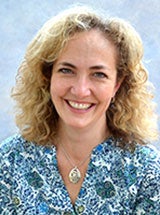Breaking New Ground: Penn Vet Builds Future-Ready Learning Hub

Faculty In This Story
On a warm spring morning last April, the Penn Vet community gathered at New Bolton Center to break ground on a milestone project: the Gail P. Riepe Center for Advanced Veterinary Education.
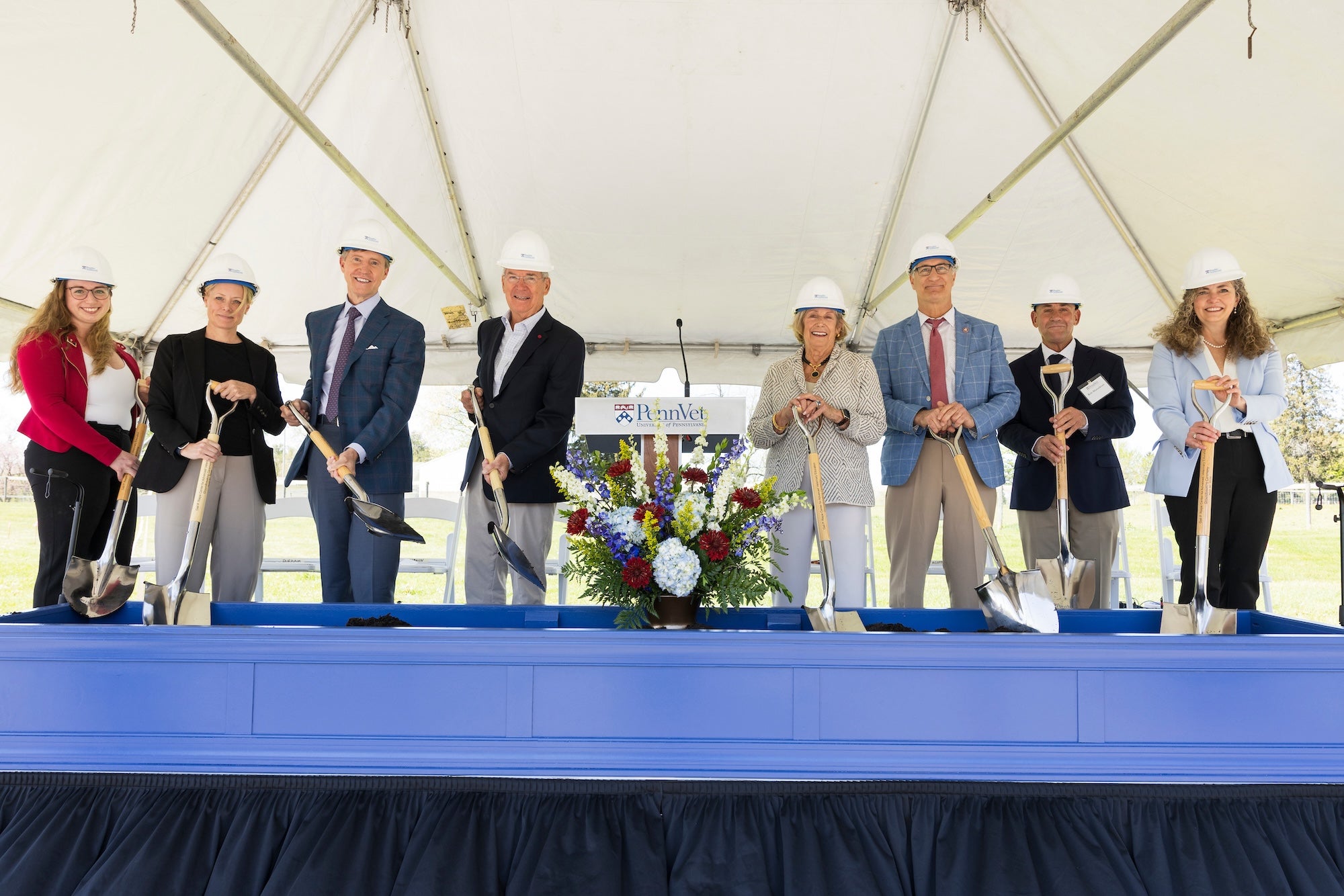
Set to open in the coming months, the 11,800-square-foot clinical skills center will be the first dedicated classroom space on the Kennett Square campus, ushering in a new era of teaching and learning with high-fidelity veterinary simulators, flexible multimodal classrooms, and spaces for school and public events.
“This facility will align our teaching spaces with the level of science and clinical care happening here every day,” said Amy Durham, MS, VMD, MSEd, DACVP, associate dean of education, who offers the dual perspective of faculty and alumna of the School’s Class of 2005.
“I remember sitting in a classroom with 1970s-era chairs and flip-up desks. The teaching was worldclass, but the learning space didn’t necessarily match. Now they will.”
When construction is finished in spring 2026, the Riepe Center will offer state-of-the-art spaces and technology to prepare today’s veterinarians for every aspect of practice. The facility, said Durham, will “foster a comprehensive learning experience that bridges the theoretical knowledge we impart in lectures with practical application, ultimately preparing our students for clinics and beyond.”
Training 21st-century veterinarians
The building will feature two high-fidelity simulation labs where students practice procedures on large- and small-animal models in controlled settings. Dedicated breakout rooms will host communication labs, moving role-playing exercises with simulated clients into purpose-built spaces. Anchoring the facility will be a multipurpose lecture hall that serves as both a venue for large presentations and a flexible classroom for small-group sessions and “flipped” instruction, which shifts lectures outside the classroom and uses class time for active learning. And, importantly, a fabrication lab will enable faculty and students to design and produce training models, ranging from simple tools to advanced replicas for complex procedures.

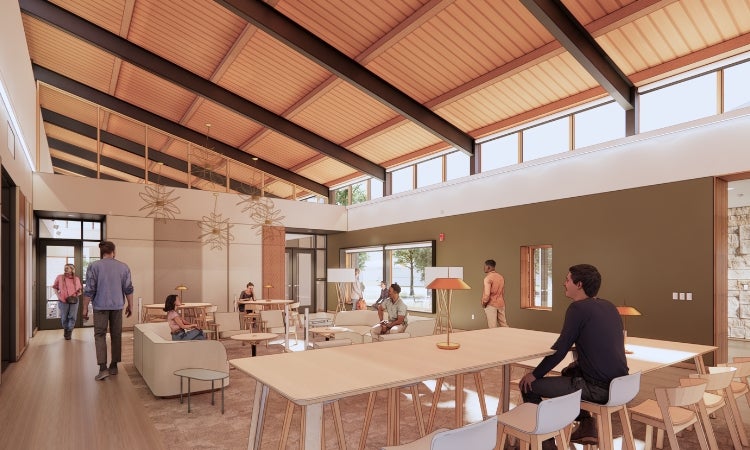
The design reflects Penn Vet’s curriculum, launched in 2022, which emphasizes early hands-on training. Preclinical courses are condensed into the first two years, freeing the final two years for clinical rotations and electives. To support first- and second-year students who are not yet ready for patient care, the center will provide a safe environment for developing competencies. Through realistic simulations— using lifelike models, scenarios, and environments that mirror real-world practice—students can refine skills, make mistakes, and learn without risk to themselves or patients.
“At its core, the Riepe Center is going to change the way we teach,” said Barbara Dallap Schaer, VMD, DACVS, DACVECC, hospital director and associate dean for clinical education and operations at New Bolton Center and a Penn Vet alumna. “Students are mastering so much at once—thinking like doctors, handling unfamiliar patients, building psychomotor and technical skills, and learning to communicate with clients. Our goal is to break this complex, multifaceted process of becoming a clinician into smaller, more approachable steps that are easier to master.”
Dallap Schaer also sees opportunities for collaboration with other Penn schools. One current project with the School of Engineering, as an example, is exploring haptics and mixed-reality training. “Instead of having a student simply read about repairing a condylar fracture, you can hand them a model. With smart glasses, they’ll see exactly how to align the drill and, through haptic feedback, actually feel what that procedure is like,” she said.
Bringing the outside in
But the center is not only for Penn Vet people. Its reach will extend beyond the campus, reinforcing the School’s role as a resource for the wider community.
“With the new center, we’ll finally have the space to bring more of the wider community to our campus,” said Dallap Schaer. “Our First Tuesday Lectures already draw strong interest, but the current room holds only 70 or 80 people and fills quickly. The Riepe Center will let us expand those programs and create new opportunities to engage local farmers, the agricultural community, and young people interested in large-animal medicine and agriculture. It gives us the forum we’ve needed to integrate New Bolton Center with our surrounding community more closely.”
A project built on partnership
The vision for the Riepe Center was born out of a close partnership with its namesake, Gail P. Riepe, CW’68, a longtime Penn Vet supporter. In July 2020, the School announced a $6 million leadership gift for the facility from Gail and her husband Jim, W’65, WG’67, HON’10. The couple has been active at Penn for many years. Gail is a member of Penn Vet’s Board of Advisors, and Jim is a past chair of both the University’s Board of Trustees and the Penn Medicine Board.
“Gail and Jim are incredibly insightful and deeply committed philanthropists,” said Dallap Schaer. “They are always focused on students, teaching, and training. What stood out for me in the development process was how genuinely Gail wanted to hear from the people who will use the center.”
Riepe spent time listening to students and house officers, whose input shaped the building’s design. “She wanted to know what would make their training stronger,” said Dallap Schaer, adding that the new center reflects their answers.
“We want to support students and provide the very best experience for them. The work of preparing tomorrow’s veterinarians is so incredibly important,” said Gail. “Investment in students pays wonderful dividends when Penn graduates bring their knowledge and skills to veterinary practices near and far.”
A promise for the future
The visionary investment of social and financial capital has already had a multiplier effect. “While I will not be taught in the building, I can share from experience how much of a difference the investments in education make for students like me and students of Penn Vet,” said Scarlett Loya, V’25. “Knowing that there are people who are deeply invested in our futures and the future of veterinary medicine is motivating for us to do our best while we’re here and strive for excellence in our careers ahead.”
In the meantime, with construction well underway, anticipation is building for move-in day. “We’ll start by gathering all the teaching models and equipment that have been tucked away in corners of the hospital and bring them under one roof,” said Dallap Schaer. “From there, we’ll layer in new labs, 3D printers, and communication spaces, and evolve the space over time. It’s a phased approach, but each step makes the center come alive a little more.”

More from Bellwether
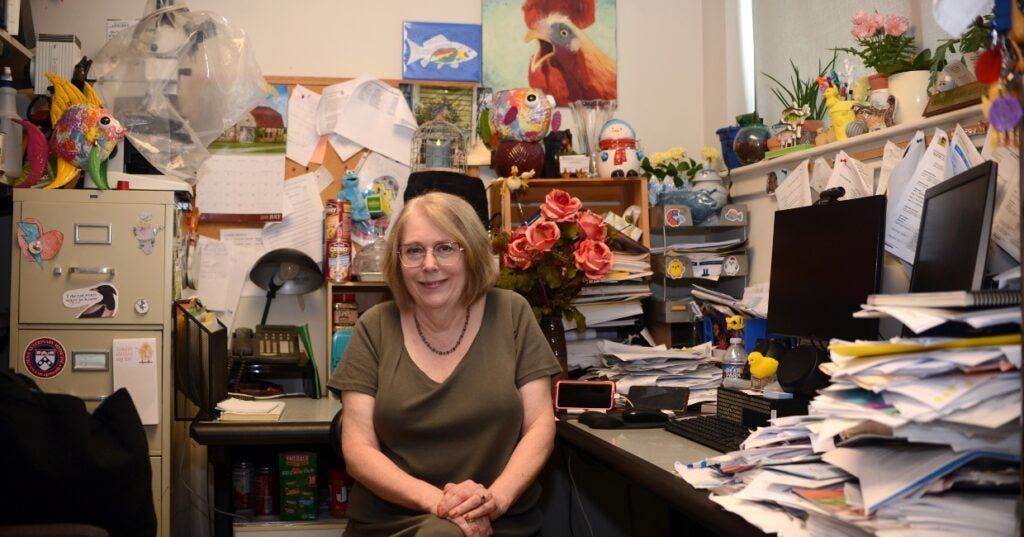
In the Office with Donna Kelly, DVM, MASCP, DACPV, DACVPM
Donna Kelly, DVM, MASCP, DACPV, DACVPM, shares her New Bolton Center office with the campus’s microbiology reference library.
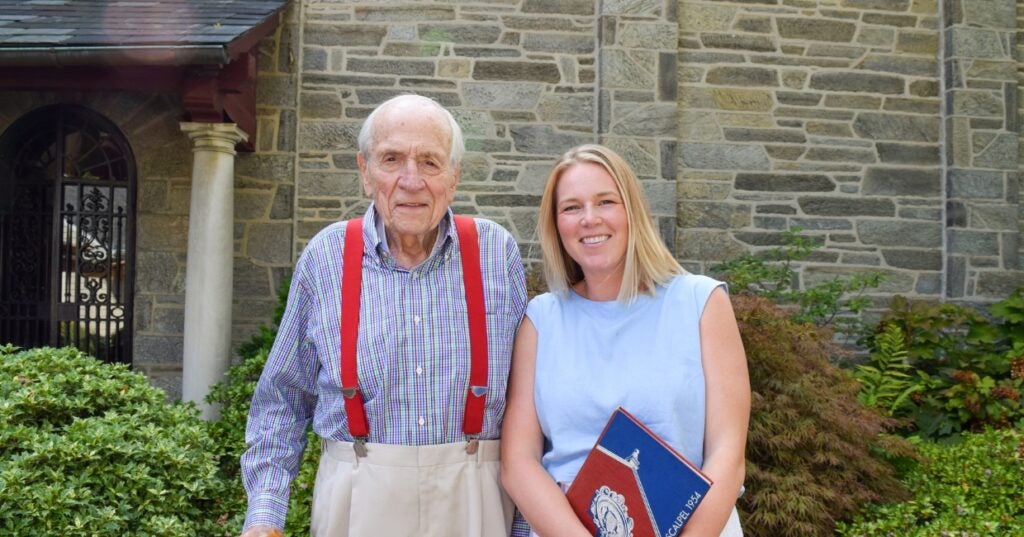
A Love of Animals and the Land
The Penn Vet of Dean Snyder, V’54, was a very different place than today. So was the world.
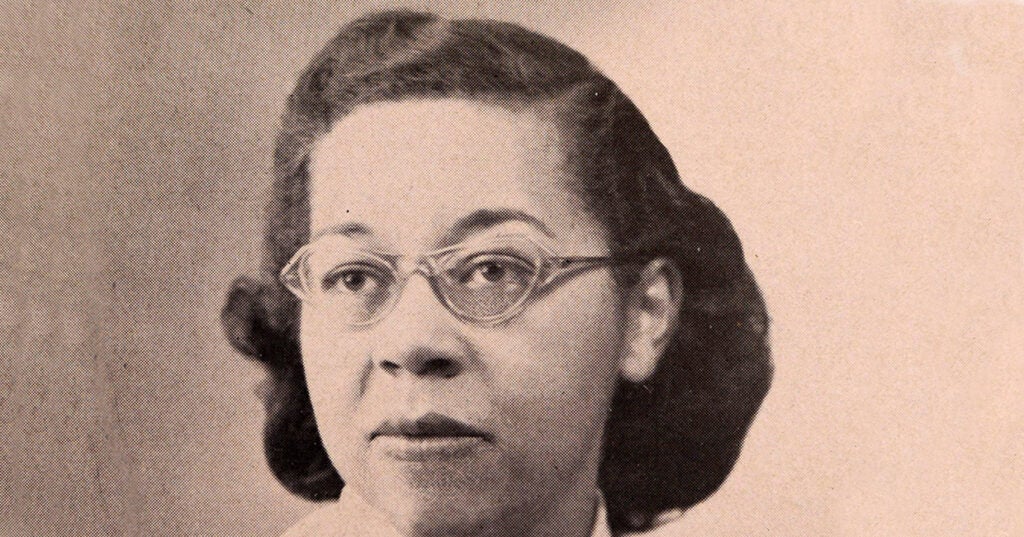
Unboxing a Pioneer’s Legacy
Born in 1919, Jane Hinton, V’49, came of age when opportunities for women in science and medicine were scarce — and for Black women, nearly nonexistent. expertise in poultry and…


